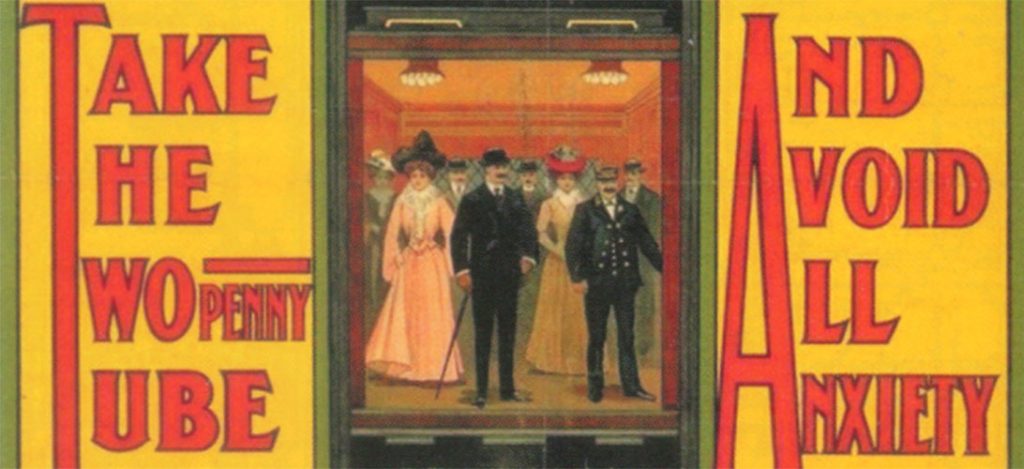Why no solution to Oyster-contactless ‘card clash’ on London tube and buses?
Originally published in Huffington Post
The introduction of contactless payment on London’s tube and bus network creates a new headache for people tapping in with their wallets, so why haven’t Transport for London found a solution? Unfortunately, computer says no.
Though useful to those without Oyster cards, contactless payment creates a problem for the many Oyster-using Londoners who also carry the kind of contactless payment card now issued as standard by most banks.
Most controversially, tapping in with both types of card near to each other – as in a wallet or holder – can result in what Transport for London (TfL) call “card clash“. This is when the reader detects only the Oyster or the contactless card and charges the wrong one. Though relatively rare, this could mean paying twice andlosing track of expenditure on your credit or debit card.
But let’s face it, for most people the real issue is having to take out their Oyster various times a day instead of just pressing their wallet or purse against the reader. A trivial complaint? Perhaps, but with about 19 million Oyster journeys a day, that adds up to a lot of needless frustration. So why haven’t TfL come up with a solution?
One way would be to associate specific contactless cards with a specific Oyster, as with applying various railcard discounts at the moment. This might even be done through the online Oyster account so as to keep the frustrated masses from the ticket windows. The Oyster user could even set a preference for a default payment method when more than one is detected. So far, so simple.
Unfortunately, however, the technology behind Oyster means “computer says no” from the very start. The potential solution above assumes that the reader can identify multiple cards at the same time before deciding which to charge, but according to TfL themselves this is not the case. When I queried the lack of a solution to “card clash”, their explanation was as follows.
Oyster uses Near-Field Communication (NFC) to detect the tiny radio-frequency chips in Oyster and contactless cards within a certain range, but when global standards for this technology were set some twenty years ago, no allowance was made for the ability of readers to distinguish between multiple chips. Since Oyster readers are built to this standard, when more than one chip is present they reject all chips instead of carrying out any further analysis.
So, when the reader detects your Oyster and your contactless card together in your wallet, it just refuses to play ball. It doesn’t even get to a stage where it could check to see if this contactless card and this Oyster belong together, so even if you had expressed a preference for one method over the other, it would not be able to respect that preference.
Can anything be done? The fact is that TfL have most to gain from finding a solution, yet they haven’t managed it. Presumably they could change all of the readers, but that would be a huge, costly project. Their decision to accept the unsatisfying backward-step of “card clash” suggests either that there is no viable solution or that this issue will not be an issue for that long.
With longer-term tickets already being made available via contactless cards, the trend in TfL’s ticketing policy is certainly away from Oyster and towards contactless, and London mayor Boris Johnson has previously suggested that Oyster would eventually be scrapped (only for TfL to contradict him). Meanwhile, contactless chips are becoming more and more widespread, most notably in smartphones and wearables, with some already offering contactless payment. The uniqueness of Oyster’s selling point is being diluted.
Until this wider shift happens, we wallet tappers look to be on our own, because although TechRadar’s Patrick Goss is right that “card clash is NOT our problem“, there is little sign that TfL will invest in a solution. So in the meantime we’re stuck between the rock of contactless-blocking card guards or retro sci-fi wristbands and the hard place of dying inside a little every time technology forces us to get out Oyster cards we thought we’d put away forever.
So either we get angrier with TfL or we wait. Bring on the revolution or the evolution. Whichever comes first.
Image attributions:
1) Unknown author, publicly available via Wikimedia Commons.


